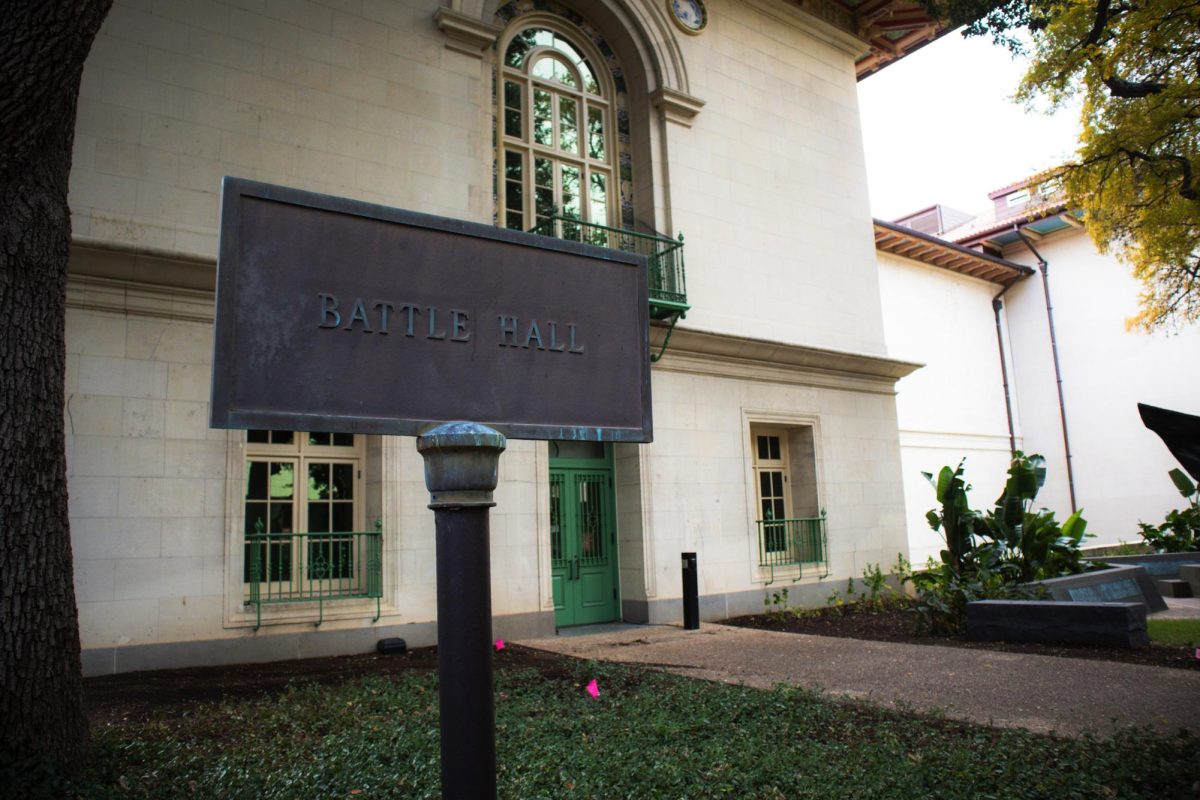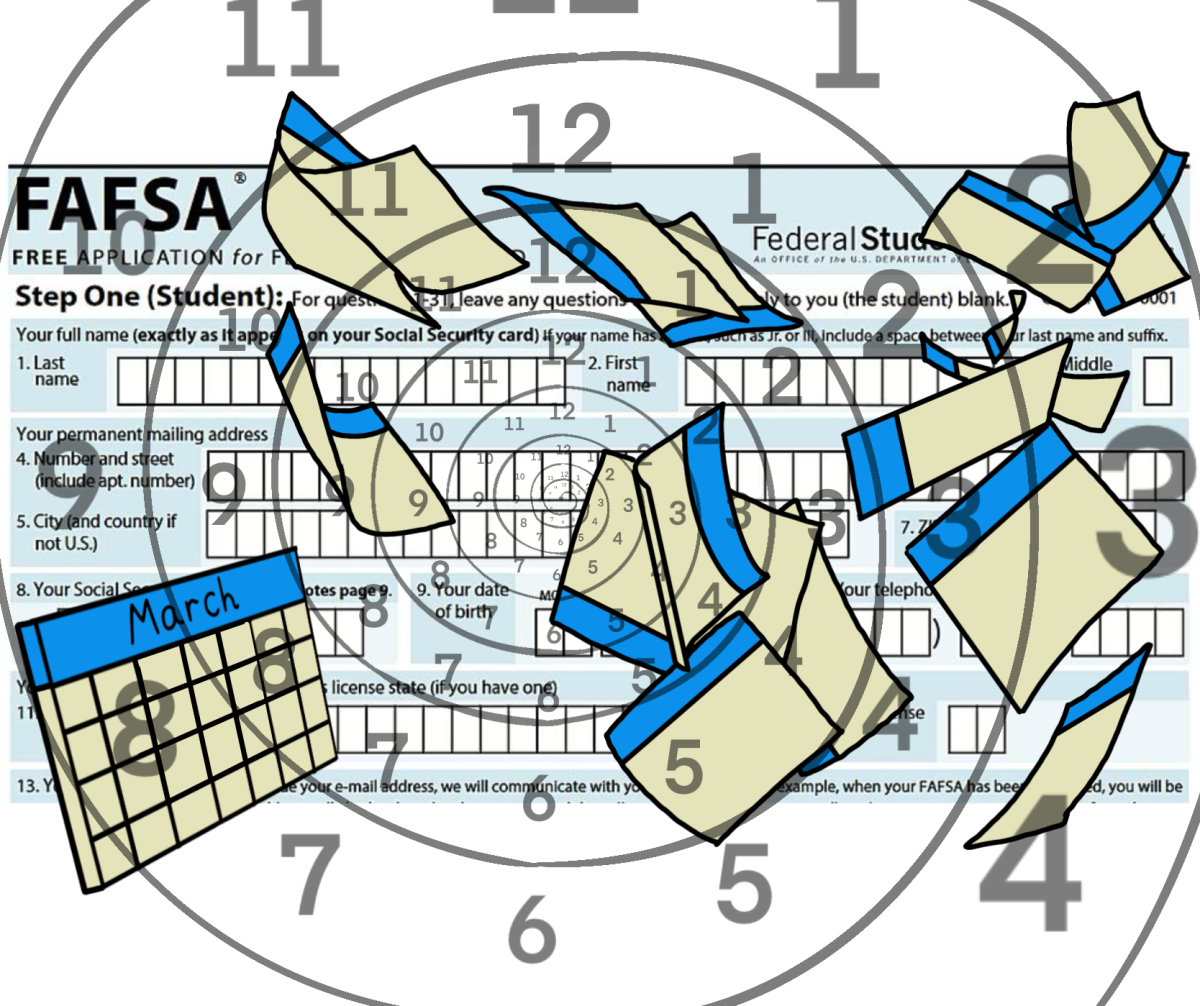Update on Aug. 5, 3:30 p.m. – Headline has been changed to clarify study's findings.
To increase your chances of getting good grades in college, follow these steps: sleep in blue clothing with an open book under your pillow.
This is one example of a popular Brazilian ritual called a simpatia, a set of steps that some people believe can help them do a number of things, like finding a job or curing an illness.
To find out how people rate the effectiveness of a simpatia, a set of sequences that has no connection to the desired outcome, UT assistant psychology professor Cristine Legare and UT graduate student André Souza traveled to Brazil with funding from the University of Oxford’s Cognition, Religion and Theology Project, a program focused on cognitive development in religion, to research people’s evaluations of different simpatias. They found people’s understanding of rituals stems from how the human cognitive system works.
“Basically, what we are saying is that the characteristics that define rituals, rigidity of the action sequence, repetition of procedures and requirement of several steps reflect the way our cognitive system evolved,” Souza said. “Thus, we proposed that the way we evaluate the efficacy of rituals is very similar to how we evaluate and reason transparent actions.”
To quantify a simpatia, the team deconstructed a number of rituals to come up with three main aspects of a ritual that they could alter to observe the changes in a person’s view of the perceived effectiveness of the ritual.
“We manipulated a few dimensions we believed would influence the efficacy of rituals: presence of religious icons, number of steps and repetition of procedures,” Souza said. “We asked participants to read the rituals and rate their efficacy using a rating scale.”
For example, if a person wanted to find a partner, Souza said, the ritual starts off boiling a cup of water with apple pieces. When the mixture starts boiling, take the apple pieces out and wait for the water to cool down. Drink a little bit of the water and put the rest under an image of Saint Edwiges. Different people would be shown rituals like this with small variations. For example, one person might be shown the partner ritual without the image of Saint Edwiges.
“The results showed that information reflecting intuitive causal principles — repetition of procedures, number of procedural steps — and transcendental influence — presence of religious icons — affects how people evaluate ritual efficacy,” Souza said.
The study was conducted with 162 people from the southeast area of Brazil in the city of Belo Horizonte. It also included 68 people from the U.S., mostly from UT. Legare said they used public health centers to find subjects in Brazil. At UT, they found their participants from the undergraduate psychology subject pool.
“Even though we did not test people from other regions of Brazil, we know that the use of these recipes is very widespread in both rural and urban populations, and also that the level of education is not likely to influence that,” Souza said. “A reason to suggest that is the fact that we tested undergraduate students at UT and found pretty much the same results.”
Theresa Spalding, medical director for University Health Services, said while it is rare, UHS will sometimes prescribe alternative medicines to help patients.
“Alternative medicine does have scientific background and most of the drugs we manufacture come from natural herbs and remedies that are used in their raw form as alternative medicine,” Spalding said. “Stress relievers like meditation and talking therapy can also be used in conjunction with medicine, alternative or not.”
However, Spalding said rituals like the simpatias are off the table when it comes to treating patients.
“The simpatias are probably not something we would do, nor would be qualified as alternative medicine,” Spalding said.
Souza said when he was younger he would follow the simpatia to get better grades.
“Technically my mom would make me,” he said. “She would make me do it before exams. I don’t think it helped. My mom, on the other hand, thinks it was super effective.”



















